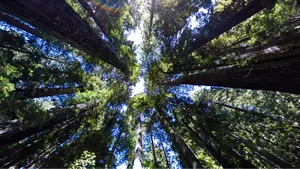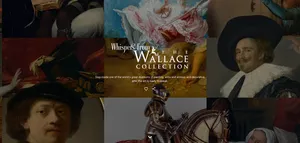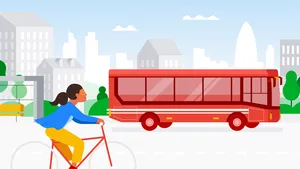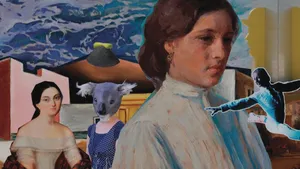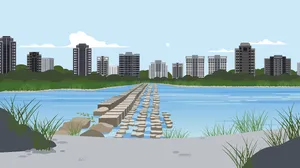Learn about wildlife conservation with Rewild the World
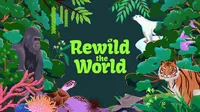
Earth is blessed with over 8.5 million species, many still waiting to be discovered. Biodiversity — from the rainforests of the Amazon to the Acacia woodlands of Africa — plays a critical role in ensuring healthy and functioning ecosystems.
Sadly, this biodiversity is under grave threat. Since 1970, there has been a staggering 69% average decline in species populations. Human activities are pushing over a million species towards extinction. The culprits are familiar: habitat loss, poaching, illegal trade, pollution, and the ever-present threat of climate change, all of which jeopardize the very foundations of wildlife survival.
To tackle the challenges facing wildlife — like tigers and gorillas losing precious habitats to agriculture and infrastructure, plastic pollution in oceans posing fatal risks to sea turtles, and melting sea ice in the Arctic threatening polar bear survival — a deeper understanding of the natural world is critical. Technology holds immense potential for wildlife conservation, and ongoing innovation offers exciting possibilities.
World Wildlife Day 2024: Rewild the World
This World Wildlife Day, March 3, shines a spotlight on the power of digital innovation and technology in wildlife conservation. To celebrate, World Wildlife Fund and Google Arts & Culture partnered together for Rewild the World, a new educational project that brings focus to four threatened species and their habitats: tigers, gorillas, polar bears, and sea turtles. This interactive game uses Google MediaPipe machine learning technology to let users see through these animals' eyes. As players restore habitats with simple hand gestures, they witness the power that biodiversity has on nature and the undeniable impact of human actions on the environment.
As a conservation scientist, I believe we must utilize every available tool to understand and protect the planet's biodiversity. Over the past twenty years, the field of conservation technology has experienced an immense surge in innovation. Advancements in artificial intelligence (AI), camera traps, GPS monitoring, thermal imaging, environmental DNA (eDNA) and more are changing the way we protect the planet. Remote cameras reveal the secret lives of big cats, and DNA found in snow can help identify individual polar bears. Acoustic monitoring lets us "hear" into remote forests to learn about gorilla movements, and GPS tags track the migrational journeys of sea turtles.
These innovations are more than just cool gadgets. They empower researchers to see through the eyes of wildlife themselves, revealing crucial insights into their behavior and their responses to environmental change. This knowledge is the key to informed conservation and effective protection strategies.
The Sea Turtle environment. Image from the experiment
Choose between 4 different endangered animals. Image from the experiment
The Tiger environment. Image from the experiment
Rewild the World is a celebration of this potential and serves as a reminder that change begins with understanding: Seeing through the perspective of wildlife themselves is an integral part of learning how best to bring about positive change. And we have an important role to play in that journey. I invite you to explore the world of wildlife conservation through Rewild the World and discover ways in which you can help shape a better future for all of us.
Learn more about WWF’s work and the biodiversity of our planet with Google Arts & Culture.

